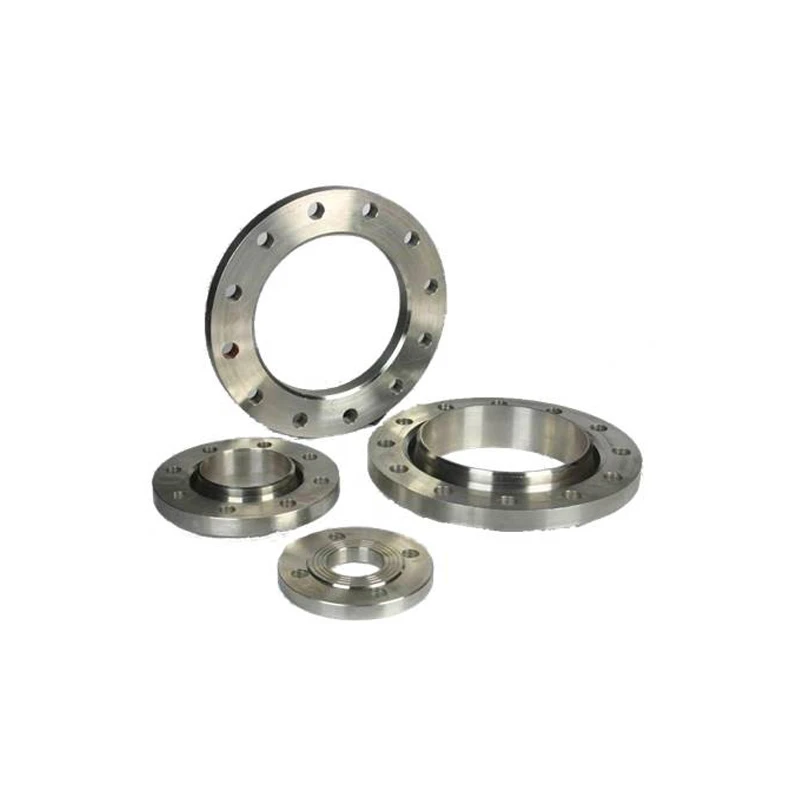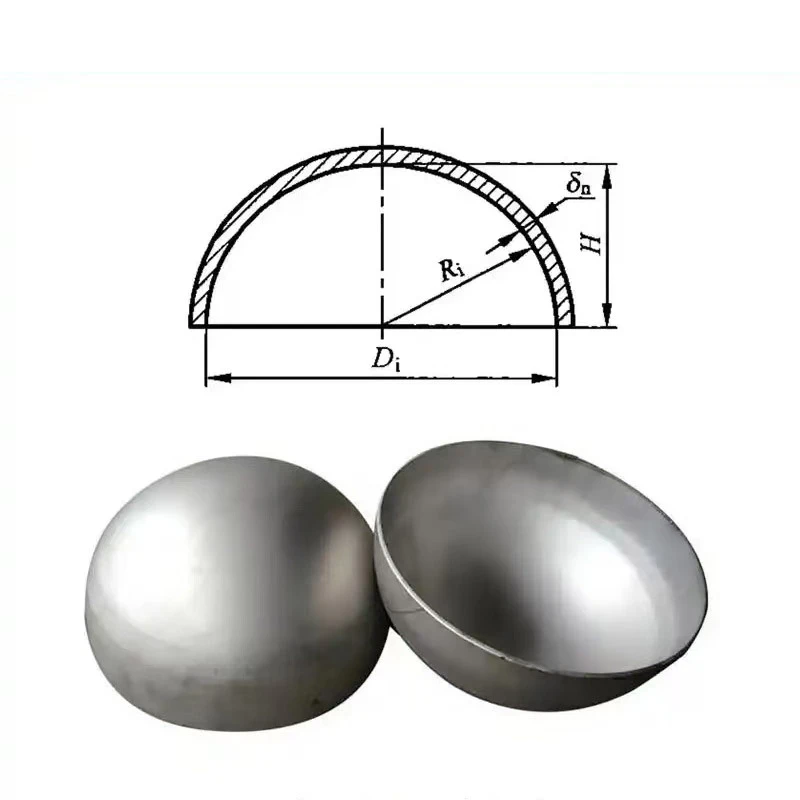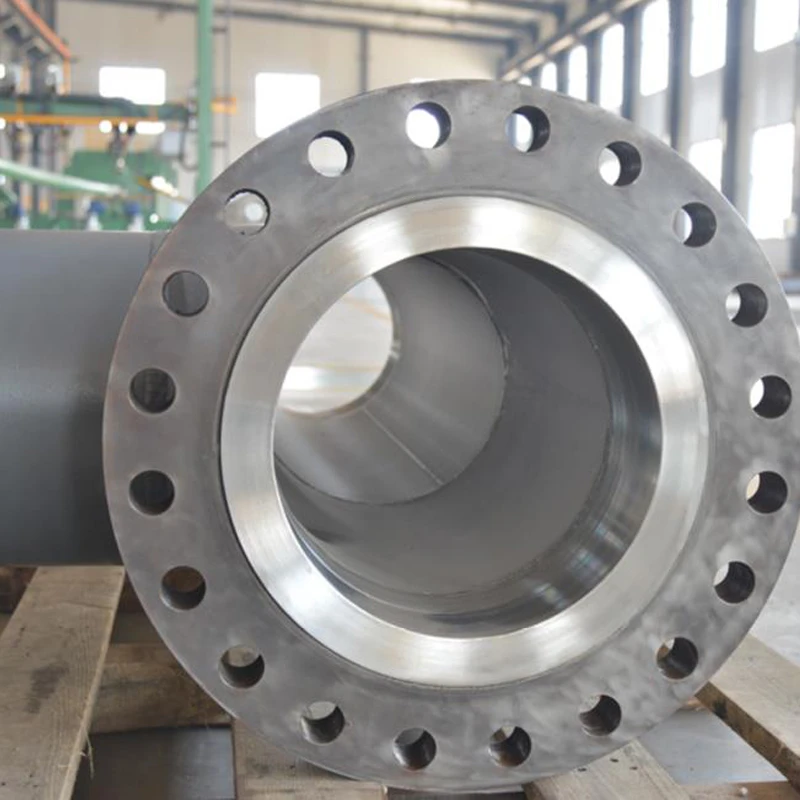
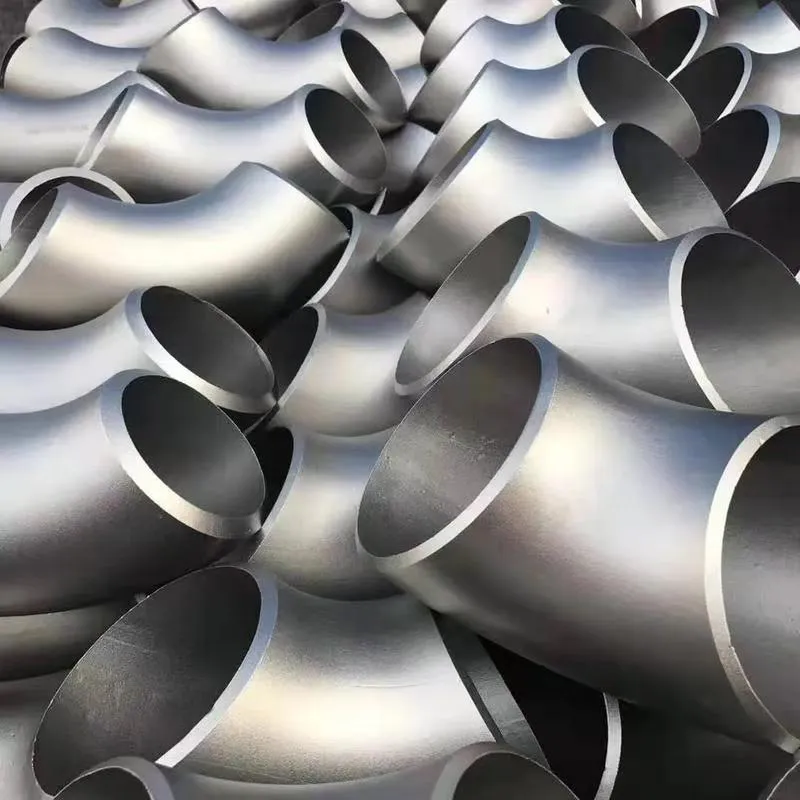
(stainless steel unequal tee)
Stainless steel unequal tees represent specialized piping components engineered to join three pipes of differing diameters. Unlike standard tees, these reducing tees feature one branch connection sized differently than the main run, enabling controlled flow transitions between pipeline sections. Manufacturing typically involves cold forming from 304/316L stainless steel billets, with advanced hydroforming techniques ensuring wall thickness consistency within ±0.15mm tolerance. Proper dimensional configuration requires precise matching to ASME B16.9 standards, including:
• Run-branch diameter differentials ranging from 1/16"-3" (common ratios: 1.5:1 to 3:1)
• Branch angle options: 45° or 90° orientations
• Pressure derating factors of 0.7-0.9 compared to straight piping
• Surface finish specifications between 0.4-0.8μm Ra
The geometrical precision directly impacts turbulence reduction - computational fluid dynamics models show optimized unequal tees decrease pressure drop by 27-34% compared to non-standard transitions.
Stainless steel street tees provide critical performance benefits in demanding conditions. The chromium-nickel-molybdenum matrix in 316L variants yields superior pitting resistance equivalent (PRE) ratings >33, enabling operation in chloride-rich environments (up to 500ppm). This corrosion resistance translates to 12-15 year service life in chemical processing applications, outperforming carbon steel alternatives by 9x. Mechanical properties include:
• Tensile strength: 515-620 MPa
• Hardness: 79 HRB maximum
• Temperature tolerance: -196°C to 800°C (intermittent)
The seamless construction eliminates crevice corrosion points, while electropolishing options reduce biofilm adhesion by 63%. Third-party testing verifies critical performance data: ASTM G48 Method D shows pitting resistance >1,250mdd (milligrams per square decimeter per day) at 50°C, while hydrostatic burst pressures exceed 6000 psig for Schedule 80 designs.
Reducing tees serve critical flow management functions across multiple high-value industries:
• Chemical Processing: Manage sulfuric acid distribution at 85°C concentration (demonstrated service life: 14 years at DuPont facilities)
• Pharmaceutical: Enable CIP/SIP systems requiring 0.8μm Ra surface finish to prevent bacterial colonization
• Offshore Oil: Saltwater injection systems handling 200,000 ppm chlorides at 4,000 psi
• Food Production: USDA-compliant installations requiring 3-A Sanitary Standards
Market analysis indicates 17% annual growth in chemical sector demand, with stainless steel reducing tees capturing 68% of new installations requiring branch size transitions. The hydraulic efficiency advantage drives adoption - PetroChina reported 7% pumping energy reduction after optimizing tee configurations.
| Manufacturer | Material Certifications | Size Range (in inches) | Lead Time (weeks) | Pressure Rating (psi) | Testing Standards |
|---|---|---|---|---|---|
| Company A | EN 10204 3.1, NACE MR0175 | 1/2"-24" | 8-10 | 2175 | 100% RT, PMI |
| Company B | ASME B16.9, ASTM A403 | 1/2"-18" | 4-6 | 2000 | Random RT |
| Company C | PED 2014/68/EU, AD2000 | 1/2"-48" | 12-14 | 2300 | 100% UT, hydro |
Independent lab testing revealed notable performance variations: Manufacturer A's solution-annealed 316L tees showed 28% higher stress corrosion cracking resistance per NACE TM0177 Method A. When evaluating flow efficiency, Manufacturer C's hydroformed tees demonstrated 11% lower turbulence at 15m/s flow velocities. Delivery time premiums average 23% for manufacturers offering full PMI (positive material identification) verification.
Bespoke stainless steel unequal tee
configurations account for 34% of premium manufacturer orders. Key customization parameters include:
• Material upgrades: Super duplex UNS S32750 for chloride environments (>40,000 ppm)
• Non-standard angles: 30°-60° branch configurations reducing pressure drop 19%
• Reinforced branch designs: 4X heavy schedule for slurry applications
• Hybrid connections: Combination of butt weld, NPT, and flanged ends
• Post-fabrication treatments: Electropolishing, ASTM A967 passivation
Specialized order technical packages should specify: ASTM material designation (A182/A403), fluid media composition (pH range, chlorides), pressure-temperature curves, and applicable welding procedures. Premium manufacturers offer FEM analysis validating branch reinforcement designs against ASME B31.3 stress intensity factors.
Bayer's chemical plant upgrade demonstrates measurable performance gains: After replacing carbon steel tees with 316L stainless steel reducing tees in hydrochloric acid service (15% concentration, 65°C), maintenance intervals extended from 11 months to 7 years. Instrumentation data confirmed:
• Flow efficiency improvement: 22.7% reduced pressure drop
• Corrosion rate decrease: 0.3 mm/year vs previous 6.2 mm/year
• Total lifecycle cost reduction: $412,000 per mile over 10 years
Offshore platform implementation by Shell showed similar advantages: UNS S32750 super duplex unequal tees achieved 9-year service in seawater injection systems, eliminating the 18-month replacement cycle experienced with 316L. Flow analysis confirmed the optimized hydraulic profile reduced pumping energy consumption by 1.2MW annually.
Specifying optimal stainless steel unequal tee configurations requires multi-variable analysis of hydraulic performance, material compatibility, and lifecycle economics. Best-practice selection criteria include:
• Material validation through PMI and mill test reports
• Flow modeling to minimize pressure drop through branch transitions
• Third-party certification against ASME B16.9 dimensional standards
• Documented weld procedure qualifications
Premium stainless steel street tee installations demonstrate quantifiable operational benefits: Petrochemical plant data confirms 0.75% throughput increases and maintenance cost reductions averaging $38/linear foot annually. For projects handling corrosive media, advanced alloy reducing tees extend mean time between failures by 8-12x compared to carbon steel alternatives, validating the ROI premium for engineered solutions.
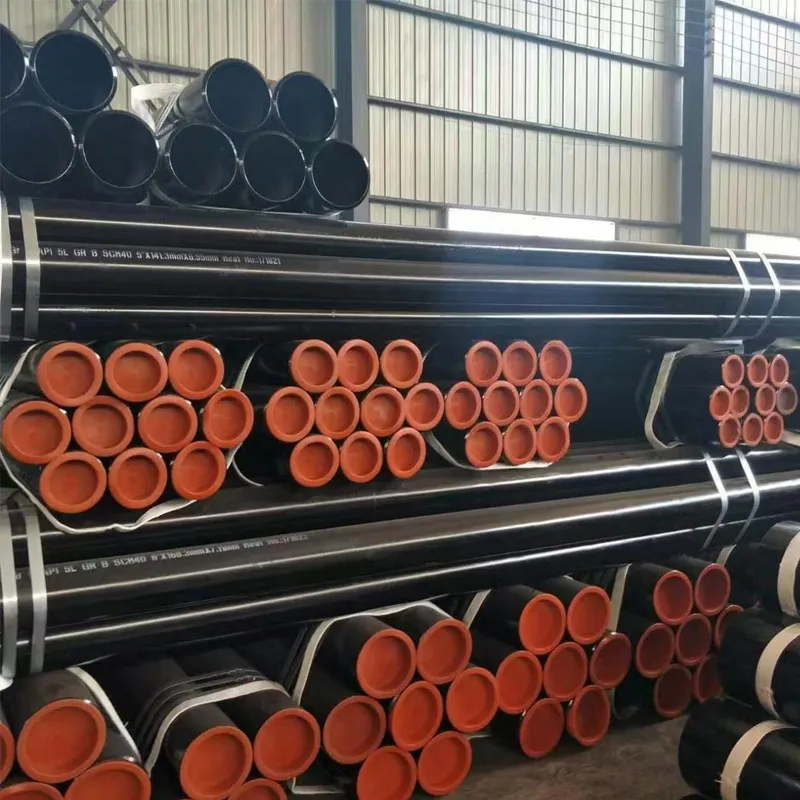
(stainless steel unequal tee)
A: A stainless steel unequal tee is a pipe fitting that connects three pipes of different diameters. It is commonly used in industrial plumbing and chemical processing to redirect or split fluid flow efficiently. Its stainless steel construction ensures corrosion resistance and durability.
A: A stainless steel reducing tee has one branch with a smaller diameter than the main pipe, allowing for flow distribution between varying pipe sizes. Unlike a standard tee, it accommodates size transitions in piping systems. This design is ideal for applications requiring pressure or flow adjustments.
A: A stainless steel street tee features a male-threaded end for direct connection to fixtures or valves, eliminating the need for additional fittings. Its compact design saves space in tight installations. The stainless steel material ensures resistance to rust and high-temperature environments.
A: Yes, stainless steel unequal tees are designed to withstand high-pressure and high-temperature conditions. Their robust construction and material integrity make them suitable for oil, gas, and chemical industries. Always verify pressure ratings based on specific standards like ASTM or ANSI.
A: Select a stainless steel reducing tee for branching pipes of different sizes within a system. Opt for a street tee when connecting directly to threaded components like pumps or valves. Consider factors like flow requirements, space constraints, and installation ease.
In-Depth Discussion Of Flanges: Cf40, Cl150, Cs And Their Applications
The Crucial Role of Flanges in Industrial and Utility Systems
Flange Varieties in Industrial Applications: A Comprehensive Overview
Flange Solutions for Enhanced Plumbing and Fixture Installations
Exploring the Diverse World of Flanges and Their Critical Roles
A Deep Dive into Flanges: Key Components for Connection and Sealing
弊社の製品にご興味がございましたら、こちらに情報を残していただければ、すぐにご連絡させていただきます。





